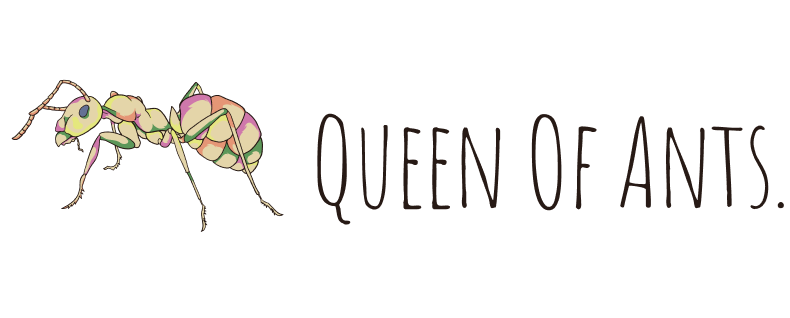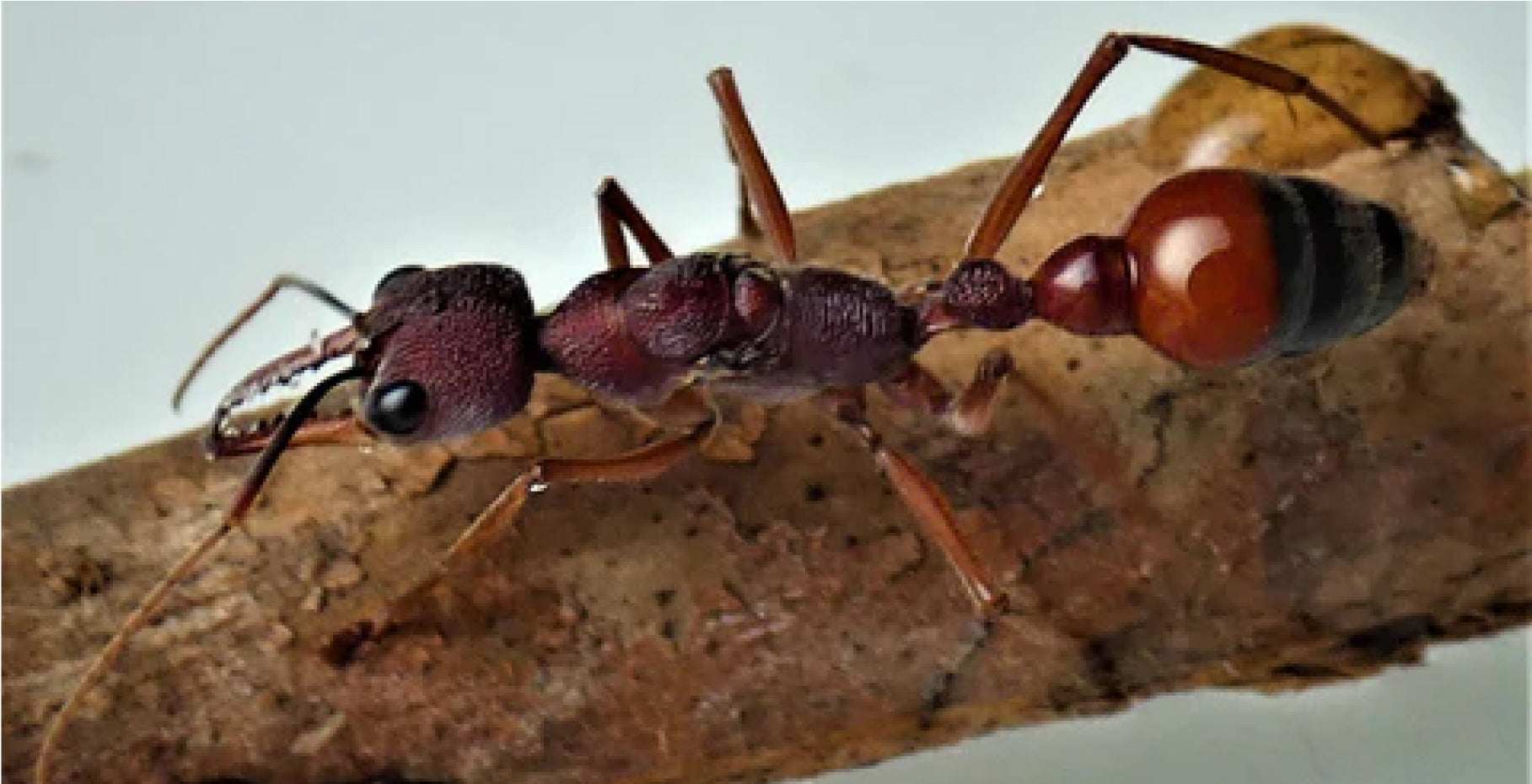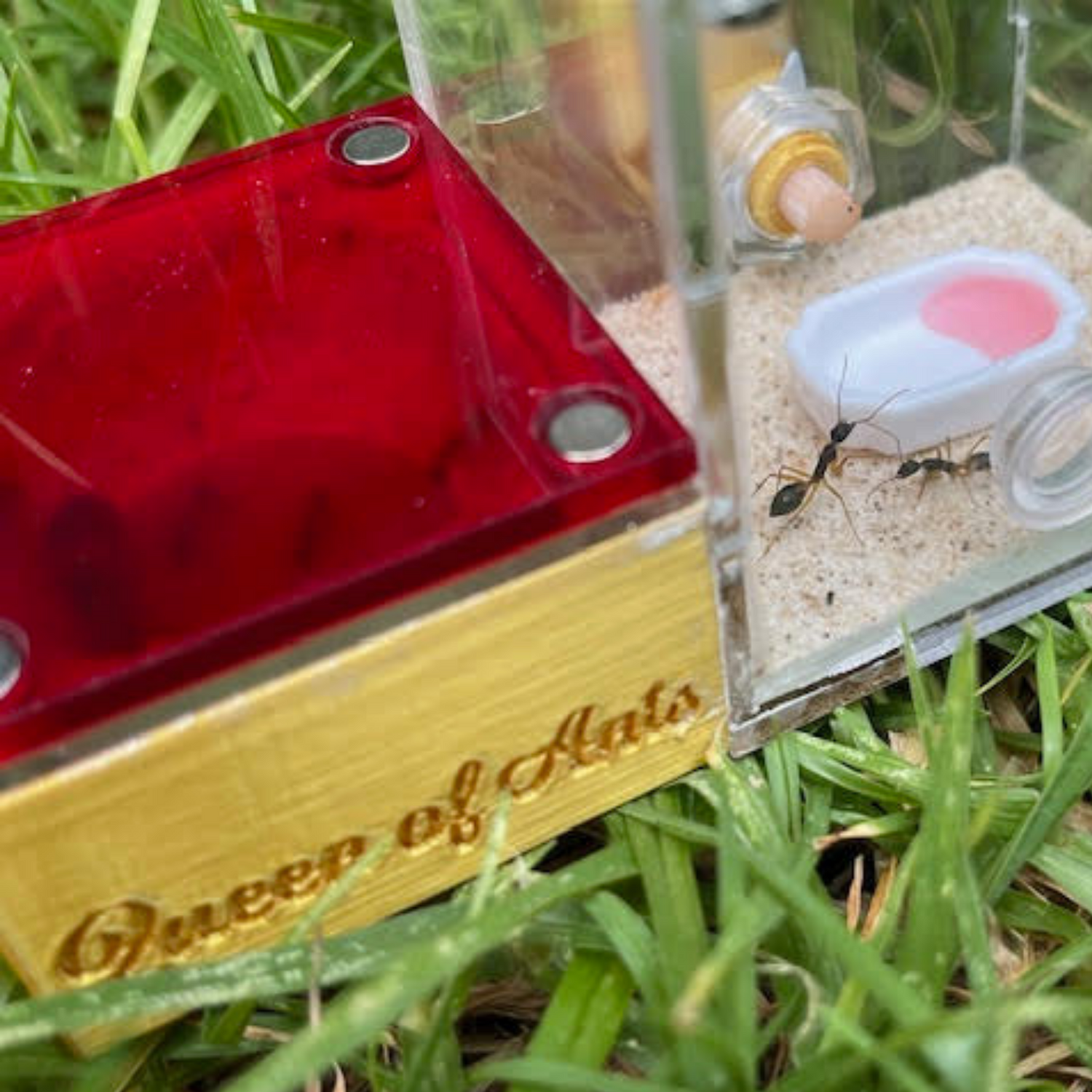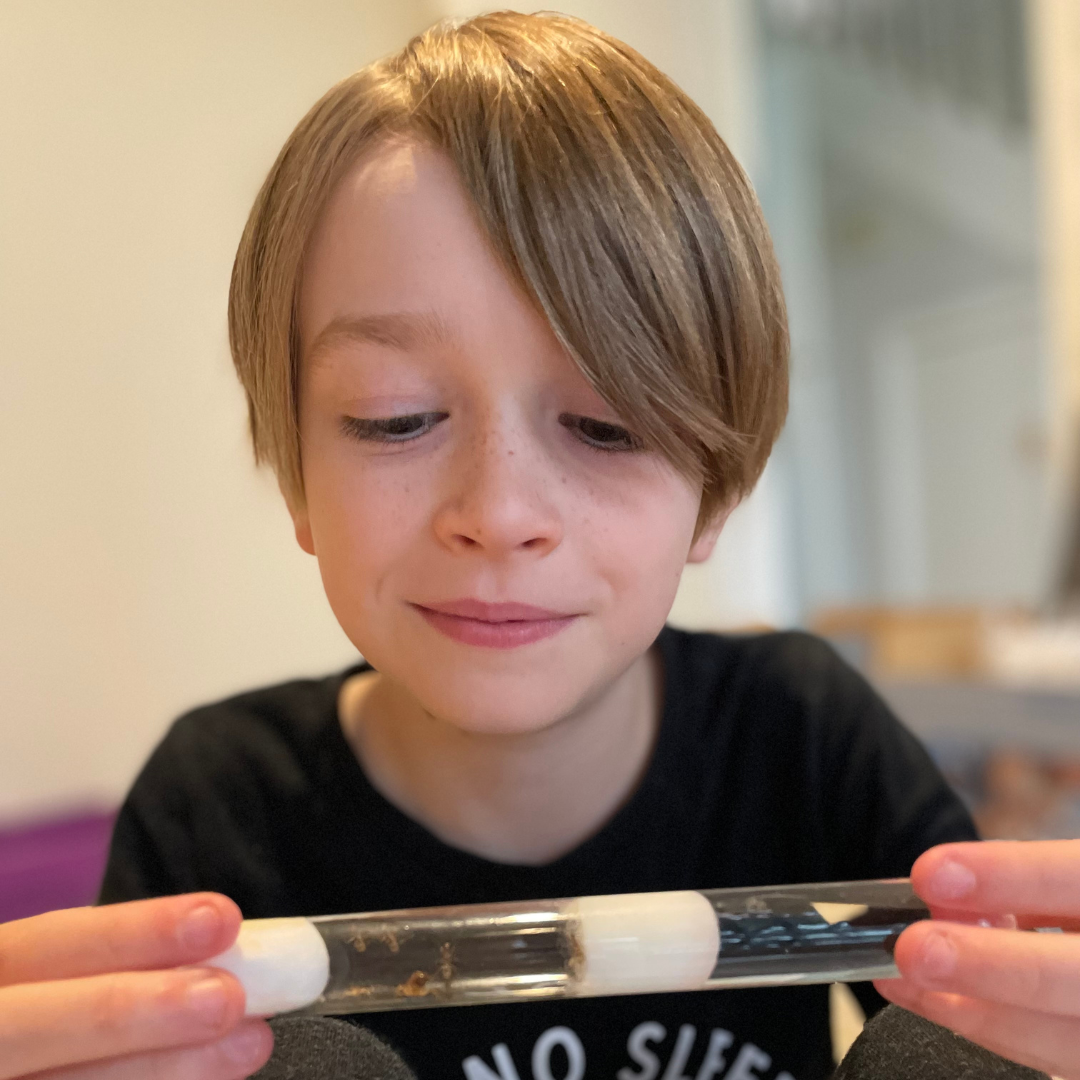Understanding the Intricate Life Cycle of Ants: From Queen Reproduction to Colony Dynamics
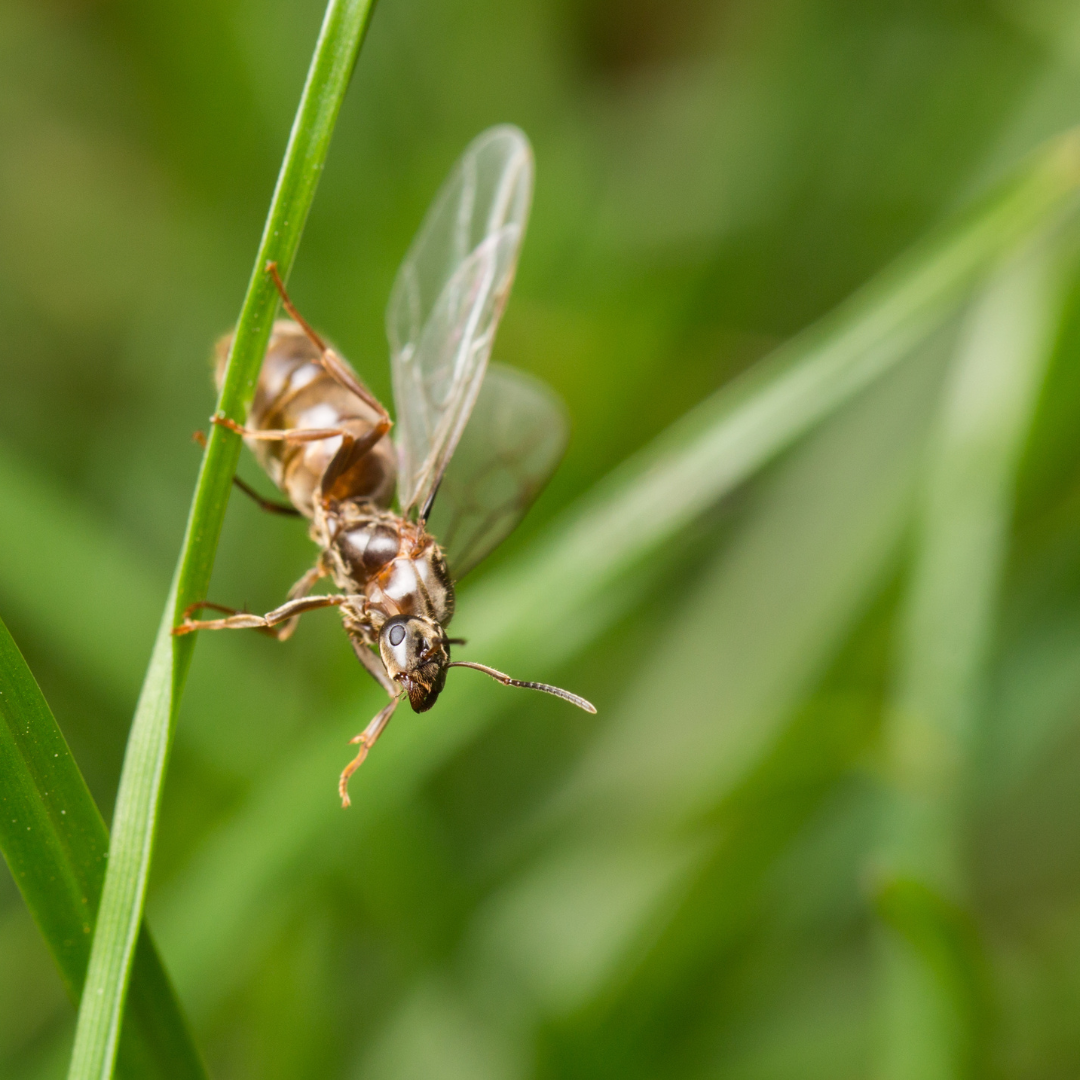
Ants, those industrious insects, often go about their lives unnoticed by many of us. Yet, beneath the surface, there's a fascinating world of social organization and intricate life cycles that govern their existence. At the heart of an ant colony lies the queen, responsible for reproduction and the growth of the colony. Let's delve into the captivating journey of queen ants and the intricate ant life cycle.

The Queen's Reign: Reproduction and Establishment
Every ant colony begins with a single queen. These queens, often winged and larger than other ants, venture out on nuptial flights, during which they mate with male ants known as drones. Once fertilized, the queen finds a suitable nesting site to establish her colony.
Egg-Laying and the Founding Stage
After settling into a nest, the queen begins her solitary task of egg-laying. Initially, she produces a small number of eggs, which hatch into larvae. The queen feeds and cares for these larvae until they pupate and eventually emerge as the first generation of worker ants.
Worker Ants: Building and Foraging
Worker ants, sterile females, are responsible for the day-to-day operations of the colony. They expand the nest, forage for food, care for the queen and brood, and defend the colony against threats. As the colony grows, the queen's focus becomes egg-laying and the workers take over all other tasks.
Reproductive Phase: Alates and Nuptial Flights
As the colony matures, the queen begins to produce reproductive ants known as alates. These individuals have wings and are potential future queens and drones. When conditions are right alates embark on nuptial flights. This happens during specific times of the year or is triggered by environmental cues.
Nuptial Flights and Mating
During nuptial flights, alates from different colonies gather in the air. They engage in a spectacular display of mating. Once mated, the female alates shed their wings and search for suitable nesting sites to establish new colonies. The male alates perish shortly after mating.
The Cycle Continues: Colony Expansion and Maintenance
The newly mated queens undergo a similar process as their predecessors. They lay eggs, care for their young, and build their colonies from scratch. Meanwhile, the established colonies continue to grow and thrive. The worker ants tirelessly maintain the nest, forage for food, and defend against predators.
The life cycle of ants is a testament to nature's remarkable complexity.. From the solitary journey of a queen to the coordinated efforts of a thriving colony, every stage of the ant life cycle plays a vital role in ensuring the survival and success of these remarkable insects.
Next time you observe a trail of ants marching diligently in your backyard or come across a bustling colony, take a moment to marvel at the intricate web of life that lies beneath the surface—a world where queens reign, workers toil, and the cycle of reproduction ensures the survival of one of nature's most fascinating societies.
